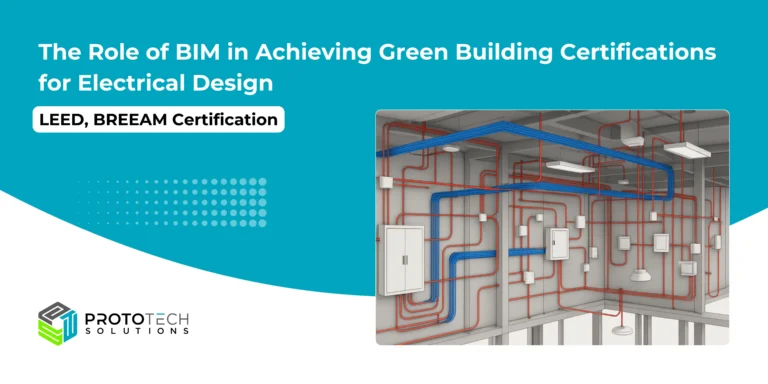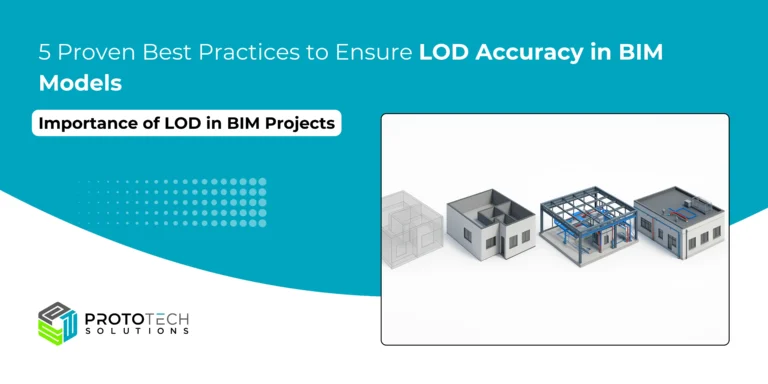The Role of Parametric Revit Families in Modern Interior Fit-Outs
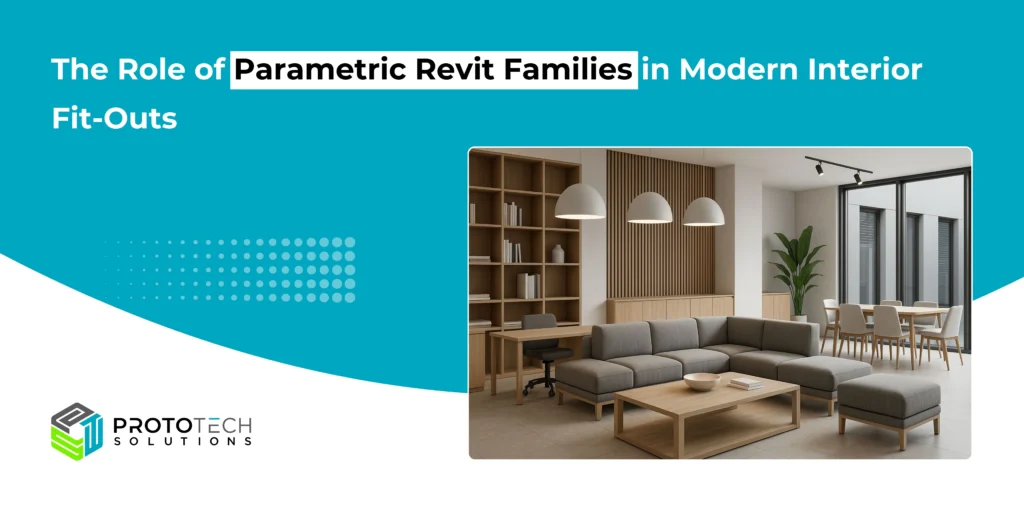
Interior fit-outs have evolved far beyond traditional drawings and manual coordination. With increasing client expectations, rapid project timelines, and the demand for customization, architects, designers, and contractors are turning to digital technologies to deliver precision and efficiency. Among these innovations, parametric Revit families stand out as a vital tool for modern interior fit-out projects. They streamline design, enable real-time modifications, and ensure a high degree of accuracy while saving time and costs.
Parametric Revit Families offer unparalleled flexibility and efficiency, enabling professionals to model, customize, and present design solutions with accuracy. Whether it’s bespoke furniture, lighting systems, or complex partitions, parametric families help bring interior concepts to life while maintaining consistency throughout the project lifecycle.
In this blog, we explore the importance of parametric Revit families in the fit-out process, their benefits for designers, contractors, and clients, and why they have become indispensable in the world of modern interiors.
What Are Parametric Revit Families?
Revit Families are digital representations of objects within Autodesk Revit software. These can be furniture, fixtures, lighting, partitions, or any element used in interior design. Parametric Revit Families are families with variable parameters that allow designers to modify dimensions, materials, or configurations without creating separate models for each variant.
For example, if a designer needs to resize a wardrobe, change cabinet finishes, or adjust furniture dimensions, the family automatically updates with the assigned parameters. This flexibility gives designers incredible control over details while maintaining consistency throughout the project.
Why Parametric Families Matter in Interior Fit-Outs
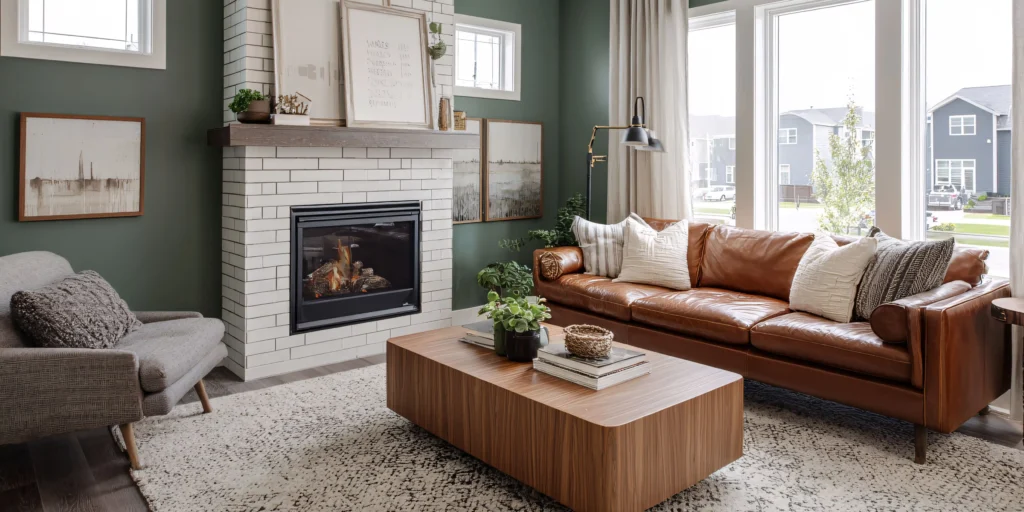
The interior fit-out process involves a detailed alignment of furniture, fixtures, materials, partitions, and finishes. Without parametric modeling, customization can be time-consuming and prone to errors. Here’s why parametric families are so valuable:
- Customization at Scale: Designers can quickly modify furniture dimensions or finishes to meet unique client requirements without rebuilding entire models.
- Efficiency: Changes made to one instance of a family can quickly cascade across multiple placements, ensuring uniformity.
- Error Reduction: The parametric approach reduces coordination issues, as any modification updates geometry, schedules, and associated data simultaneously.
- Client Visualization: Parametric models enhance visualization, allowing clients to see realistic 3D representations of interiors before the actual fit-out commences.
- Integration with BIM Workflows: They not only include geometry but also supply critical data such as material type, cost, and energy performance to make fit-outs more sustainable and efficient.
Role in Furniture Design and Placement
One of the most significant applications of Revit families within interior projects is in furniture. Modern clients often seek unique furniture layouts, custom materials, or modular solutions. Parametric Revit families allow designers to:
- Create scalable furniture designs (tables, storage units, chairs, cabinets) with adjustable sizes and finishes.
- Align furniture models with ergonomic and compliance standards.
- Link data with material schedules for accurate procurement and budgeting.
- Facilitate virtual walkthroughs to validate furniture placement before installation.
By leveraging these capabilities, design teams can ensure that the interior is not only visually appealing but also practical, functional, and cost-efficient.
Enhancing Collaboration Across Stakeholders
Interior fit-outs require close collaboration between architects, contractors, fabricators, and project managers. Parametric Revit families serve as a single digital source of truth by:
- Improving Stakeholder Communication: 3D parametric models provide a clear and realistic framework for discussion with non-technical stakeholders.
- Supporting Clash Detection: Furniture, lighting, and partition models can be cross-checked against MEP and structural models to identify design conflicts early.
- Driving Better Procurement: Since Revit families embed specifications and material details, procurement teams can accurately source the right products, avoiding costly on-site changes.
Benefits for Clients in Interior Projects
Clients always want a transparent view of their investment. Parametric Revit families provide multiple client-focused benefits:
- Real-Time Adjustments: Clients can request modifications (e.g., changing finishes or furniture arrangements), and designers can instantly update models.
- Cost Transparency: Linked quantities and materials allow for accurate cost estimations.
- Visualization & Validation: Clients can virtually step into the design before implementation, ensuring alignment with their vision.
- Faster Project Completion: Efficient workflows reduce manual rework, ensuring projects stay on schedule.
Future of Parametric Modeling in Fit-Out Design
As design technologies evolve, the applications of parametric Revit families will only expand. Integration with AI and generative design will enable even smarter interior solutions, suggesting optimized layouts, sustainable material alternatives, or ergonomic arrangements.
Moreover, as more manufacturers provide digital catalogs of BIM-ready parametric families, interior designers can directly insert accurate and compliant furniture models into projects, saving time during the design and procurement phases.
Read Related:
- How Parametric Modeling Accelerates Road Cross-Section Development
- Why Revit MEP Drafting Services Are Essential for Modern Building Design
- Why Furniture Brands Are Investing in 3D Product Configurators in 2025
- How CPQ Product Configurators Help Furniture Manufacturers Boost Revenue Through Customization
Why Partner with Professionals for Revit Family Creation?
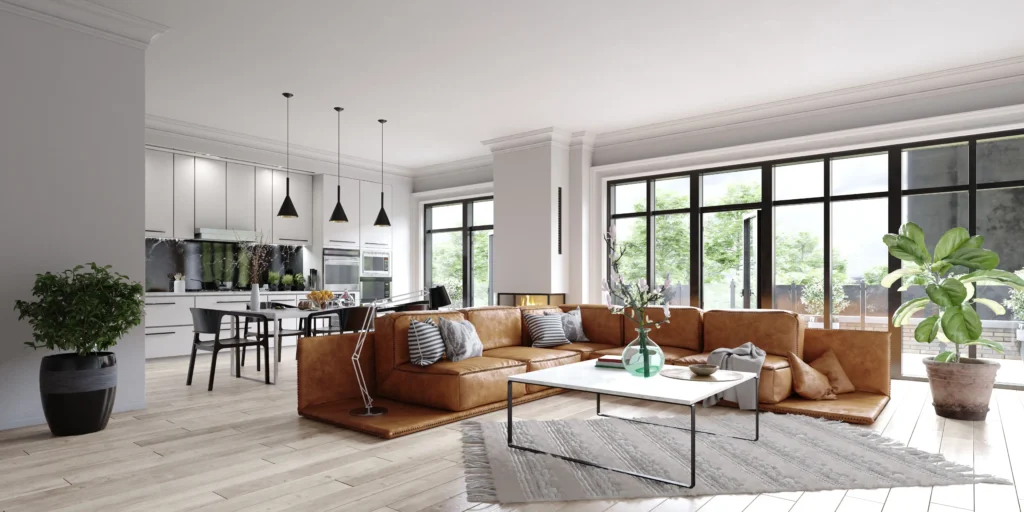
Parametric Revit families are transforming the way modern interior fit-outs are designed, coordinated, and delivered. By combining flexibility, accuracy, and data-rich models, they empower designers to meet the needs of today’s fast-paced, customization-driven projects.
Creating high-quality parametric Revit Families requires technical expertise and design knowledge. Poorly built families can slow down projects, create errors, and compromise results. That’s why collaborating with experts ensures your libraries are accurate, lightweight, and adaptable for long-term use.
If you’re looking to elevate your interior projects, it’s time to embrace the power of Revit Families. Partner with ProtoTech Solutions, we provide Revit family creation for furniture and interior design. From modular office systems to bespoke residential furniture, our team ensures accuracy, efficiency, and seamless integration into your BIM workflow. Whether you’re an architect, interior designer, or contractor, leveraging parametric families can optimize your projects and delight your clients.
Our team specializes in developing intelligent, lightweight, and fully customizable families tailored to your project needs, helping you achieve efficiency, accuracy, and better design outcomes. Speak to an Expert

